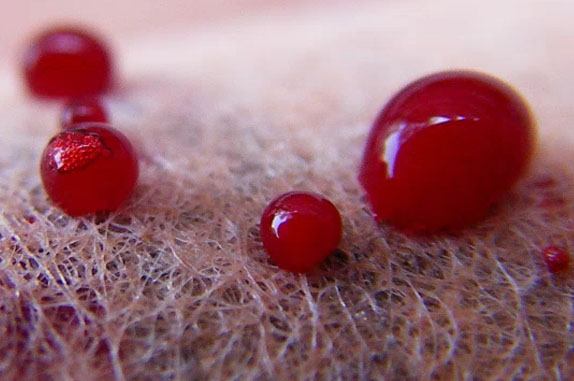

These issues have made the management of Rh-negative pregnancy a huge challenge. Information about previous pregnancies and termination of pregnancy are often lacking in patients’ medical notes due to poor data management. In Ethiopia, there is poor and sometimes no alloimmunization prevention following potentially sensitizing events, and during medical termination of pregnancy in Rh-negative women. The most serious form of HDFN is caused by maternal alloantibodies directed against the D antigen of the Rh blood group system due to the high immunogenicity of D antigen.

Īlloimmune hemolytic disease of the fetus and newborns (HDF/N) results from the destruction of red cells by maternal immunoglobulin (IgG) antibodies that gain access to the fetal circulation during gestation. If the mother is RhD-negative and the fetus RhD positive, she has a potential capacity to form antibodies if exposed to fetal antigens, a process known as RhD sensitization. The ABO system and the Rhesus (Rh) system remain the most clinically significant blood group antigens on the red cell membrane. The Rhesus (Rh) antigen is found on the surface of human red blood cell (RBC) membrane. Isoimmunization is the process of immunizing an individual with antigen derived from the similar subject, provided that the said antigen was initially absent. There is the urgent need for the implementation of universal access to anti-D immunoglobulin for the Rh-negative pregnant population in Ethiopia. Rh alloimmunization remains a major factor responsible for perinatal morbidity in Ethiopia and may result in the compromise of the woman’s obstetric care due to the unaffordability of anti-D immunoglobulin. The pooled distribution of Rh-negative blood group among pregnant women in Ethiopia was high. The random effect model was used for estimating the pooled effects, and the publication bias was assessed by visual inspection of the funnel plots and objectively by using the Egger’s test (i.e.
#A NEGATIVE BLOOD TYPE AND PREGNANCY SOFTWARE#
Microsoft Excel (2016), and Stata version 11.0 (Stata Corporation, College Station, Texas, USA) software were used for data entry and analysis, respectively. The data was extracted by the author (AAA) by using a standardized JBI data extraction format. The study participants were all pregnant women in Ethiopia, and the main outcome measure of this systematic review and meta-analysis was Rhesus D-negative blood type and ABO blood group distribution among pregnant women in Ethiopia. All published and unpublished observational studies reporting the distribution of ABO and Rh (D) blood groups among pregnant women in Ethiopia were included. The search string was developed using “AND” and “OR” Boolean operators. We searched PubMed, Google Scholar, EMBASE, Cochrane Library, HINARI, AFRO Library Databases, and African Online Journal databases for all available studies using the following keywords: “High rhesus (Rh(D)) negative frequency”, “ABO blood group distribution”, “haemolytic disease of the newborn (HDN)”, “rh isoimmunization”, “anti-RhD immunoglobulin”, “D-negative pregnancies”, “Frequency”, “ABO and Rh blood group distribution”, “feto-maternal hemorrhage”, “rhesus D negative pregnant mothers”, “kleihauer-betke test (KBT)”, “Neonatal Hyperbilirubinemia”, “non-sensitized RhD-negative pregnant women”, “antenatal anti-D immunoglobulin prophylaxis”, “Hemolytic disease of the newborn (alloimmunization), Ethiopia. Therefore, the aim of this systematic review and meta-analysis was to estimate distribution of ABO and Rh (D) blood groups among pregnant women in Ethiopia.

This can result in hemolytic disease of the fetus and newborn (HDFN) in subsequent D-positive pregnancies. Transplacental or fetomaternal hemorrhage (FMH) may occur during pregnancy or at delivery and lead to immunization to the D antigen if the mother is Rh-negative and the baby is Rh-positive.


 0 kommentar(er)
0 kommentar(er)
